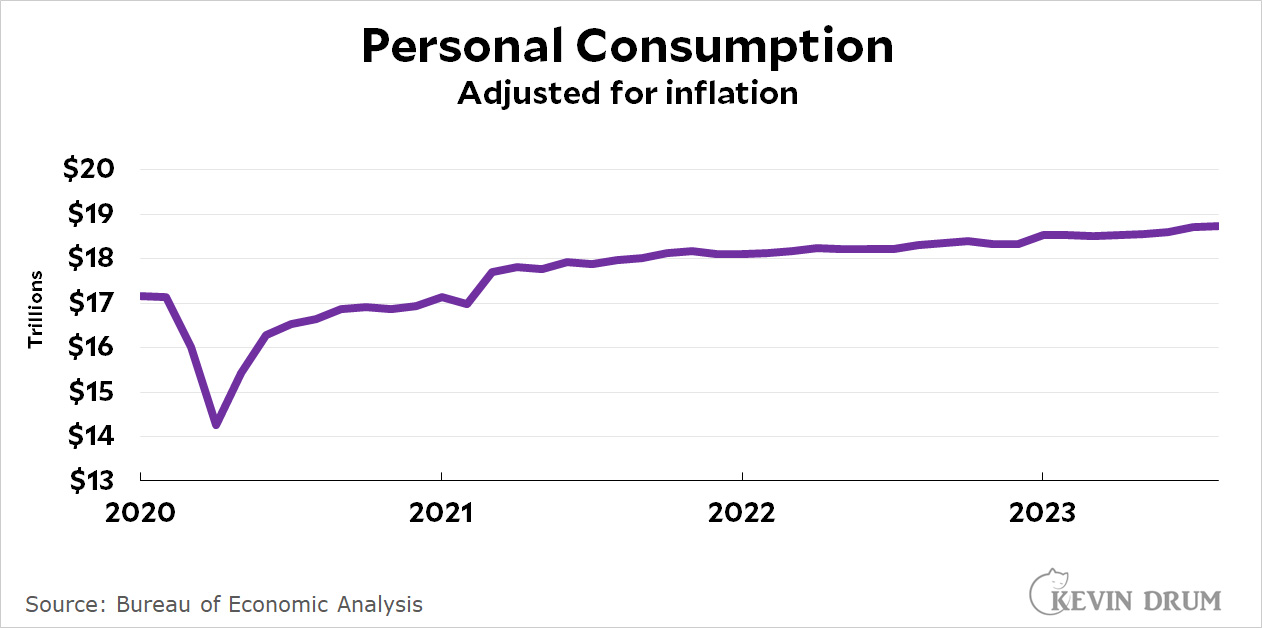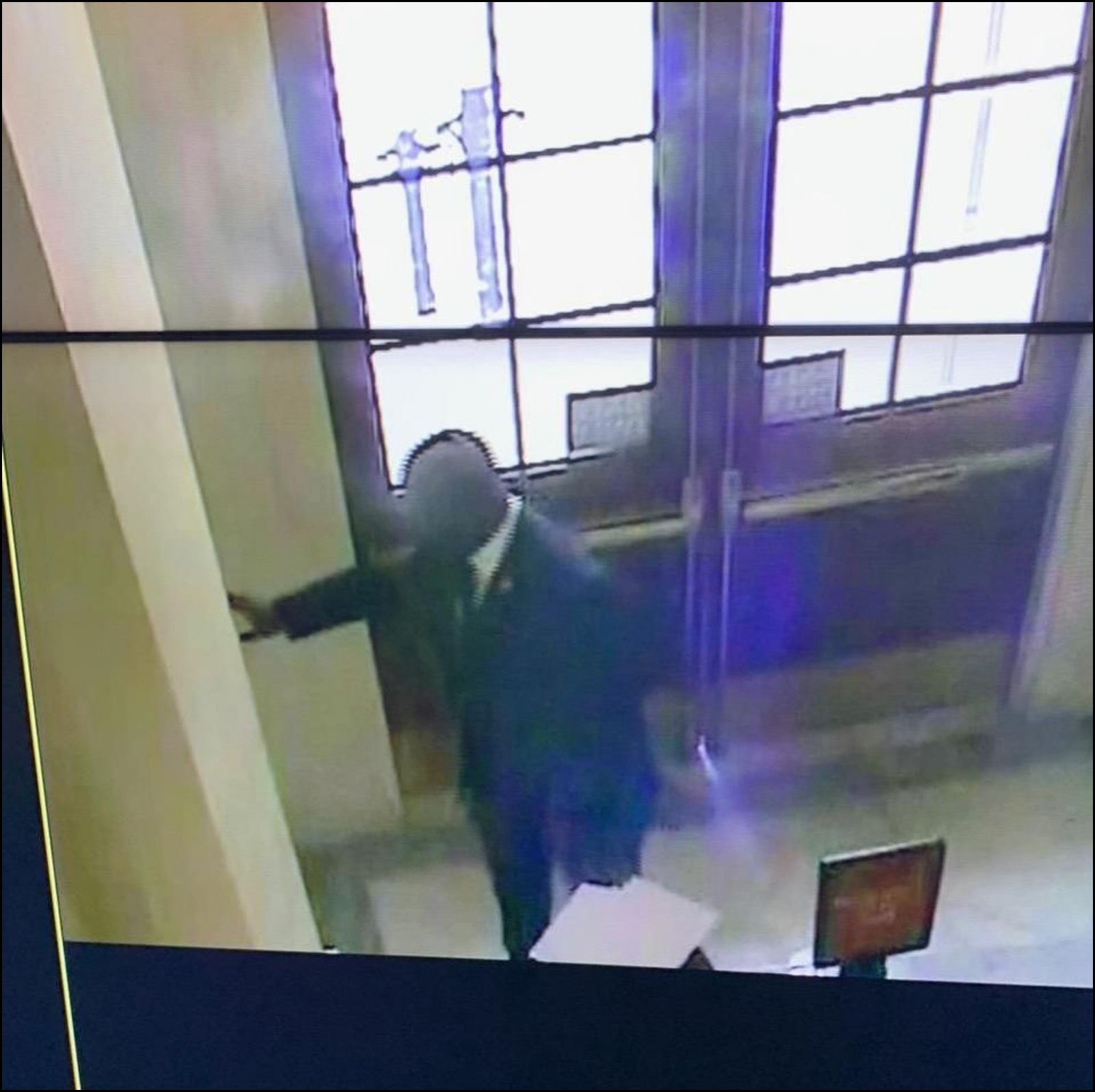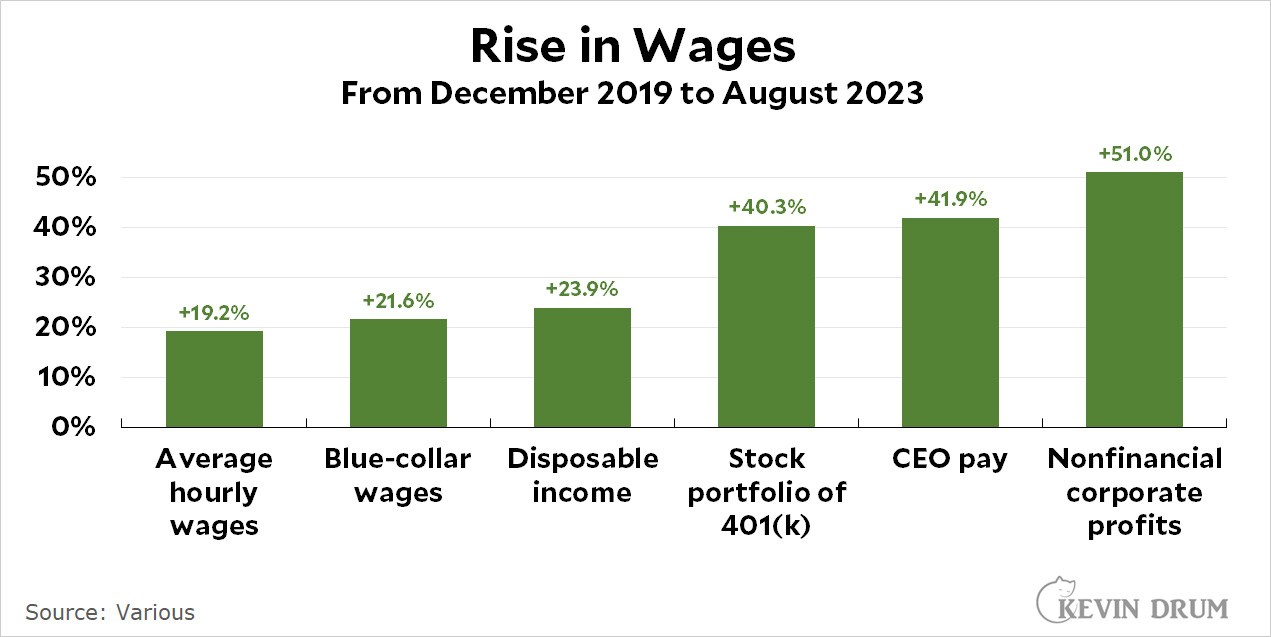Celebrity author Michael Lewis spent months shadowing Sam Bankman-Fried, founder of the failed crypto exchange FTX, and apparently came away convinced that SBF was just the victim of misfortune:
This isn't a Ponzi scheme. Like, when you think of a Ponzi scheme, I don't know, Bernie Madoff, the problem is— there's no real business there. The dollar coming in is being used to pay the dollar going out. And in this case, they actually had-- a great real business. If no one had ever cast aspersions on the business, if there hadn't been a run on customer deposits, they'd still be sitting there making tons of money.
WTF? It's true that FTX wasn't a Ponzi scheme. After FTX's bankruptcy, John Ray was appointed to clean up the mess and he called it correctly:
"Plain old embezzlement." In a nutshell, here's what happened: one of SBF's companies (Alameda Research) borrowed $10 billion from another of SBF's companies (FTX) and then "loaned" SBF $3 billion. In other words, garden variety embezzlement. And that's not even counting the fact that the initial loans were wrong in the first place. The Alameda loan depleted FTX's treasury, which was supposed to be just a boring guardian of funds that its customers were using for trades. When customers found out it had lost $10 billion, they started asking for their money back and FTX didn't have it. This wasn't some irrational, panicky run. It was completely sensible based on the fraud that was obviously going on.
In the end, what doomed FTX was the same thing that doomed so many other crypto enterprises: They accumulate vast sums of money by promising stratospheric returns to investors, but there's no way they can make good on that. As reality starts to close in, they start making riskier and riskier market bets in the desperate hope that maybe one of them will pay off.¹ But they never do, and the business finally goes up in smoke.
But not before the founders make off with a billion or three. This is the story of dozens of big crypto firms. The whole industry is a scam based on the "greater fool" theory: crypto itself may have no value, but you'll be OK as long as you buy low and then find a fool willing to pay more for your tokens before the whole thing collapses. It's made up out of thin air, and to thin air it eventually returns.
¹This is the story of Alameda Research, which was a hedge fund. The twist is that as their risky investments failed they borrowed $10 billion from FTX and then lost that. So both companies ended up bankrupt.
 This chart is based on consensus estimates of the unauthorized immigrant population. The final two years are my own (possibly iffy) projections based on the number of border encounters in 2022 and 2023.
This chart is based on consensus estimates of the unauthorized immigrant population. The final two years are my own (possibly iffy) projections based on the number of border encounters in 2022 and 2023.







